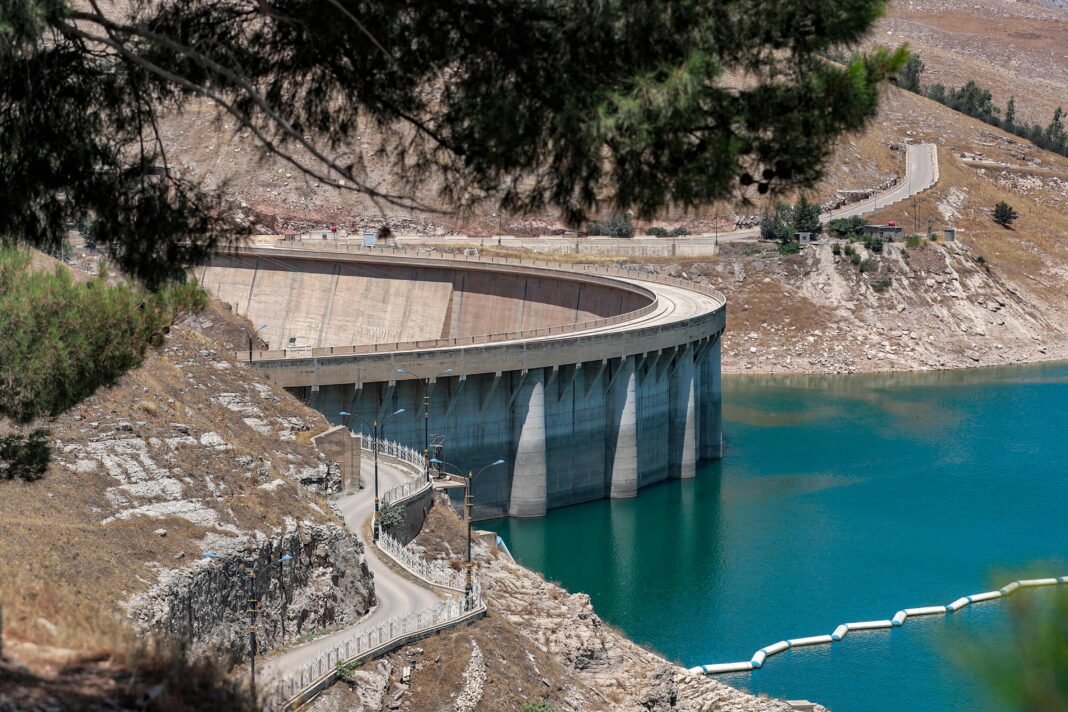The Dukan Dam financial impact is becoming critical as reserve levels drop drastically in northern Iraq. Reservoir shrinkage forces utilities and farmers to tighten budgets and implement strict water rationing.
Since the rains failed this winter, water reserves reached just 24 percent of capacity. Authorities reported 1.6 billion cubic meters of water remain out of 7 billion. These levels have fallen for the first time in about 20 years.
In addition, climate change has disrupted rainfall patterns. Over winter, the region received only 220mm of rain instead of the usual 600mm. Furthermore, upstream dam projects in Iran have reduced the river flow into the dam. Thus, authorities now face steep financial pressure.
Moreover, the reservoir drop has triggered a wave of economic losses. Farmers downstream experienced failed harvests across hundreds of hectares. One farmer alone lost nearly $5,700 after losing his wheat yield. Consequently, households and local economies are suffering.
In urban areas, water supply utilities also face rising costs. Treatment plants in Kirkuk saw inflows drop by 40 percent. Hence, authorities implemented stricter rationing and now enforce daily supply cycles. They also increased maintenance costs to avoid total interruptions.
Meanwhile, regional governments must reallocate budgets to support water distribution programs. They are buying replacement parts and securing emergency funding. Clearly, the Dukan Dam financial impact is cascading through public services.
Furthermore, authorities now conduct frequent inspections to prevent illegal water tapping. They even deployed teams to inspect water networks directly. They hope to prevent revenue loss and control distribution equity.
At the same time, experts warn the financial stress may intensify by late summer. If drought continues, irrigation systems will need upgrades. That will require additional investment and loans. Additionally, municipal utilities may face bond downgrades.
Without intervention, the Dukan Dam financial impact could lead to more expensive emergency measures. Reservoir refill plans will likely demand funding and regional cooperation.
Finally, local officials and international partners must address this crisis. They must secure financial aid to upgrade infrastructure and diversify water sources. Otherwise, both agricultural productivity and municipal budgets will remain under threat.
Overall, the Dukan Dam is not only an environmental problem. It is a growing financial burden demanding immediate economic solutions.





